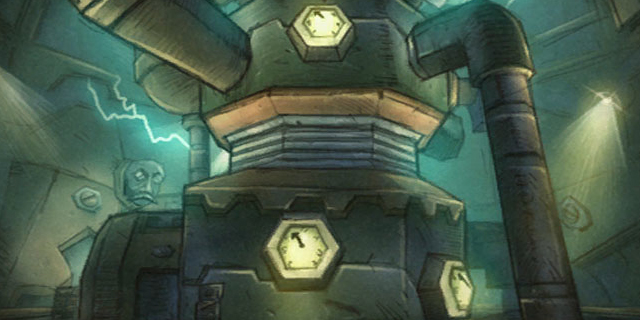
“You know, one of these days we’re going to look back and laugh about this.” Usually said by one of the more optimistic members of the group, this phrase can increase the amount of rage present, instead of introducing calm. Terrible, annoying or dire situations can make you want to quit whatever activity you’re engaged in. Quickly. But with time passing, those colossal failures can eventually turn into pleasant memories. The absurdity of the situation can make you shake your head, but it’ll make for a great story one day, especially if it’s shared with a group of friends.
Video games excel at creating this scenario. Endless waves of enemies, marathon-length levels, sadistically designed bosses and a lack of checkpoints can cause havoc when mixed with high tempers, lack of sleep, frustration, a poor strategy or no strategy at all. The potential for a large-scale failure is always lurking.
It’s important to differentiate between a spectacular disaster and just a disaster. The difference depends on the quality of the game. Players must feel in control of their characters, so it feels like the catastrophe happened to them instead of the game itself being one. It’s not fun if all four of you die because you fell through the ground while crawling on it (I’m looking at you, Hidden and Dangerous!). The scenarios presented must be unique and challenging due to good level design and the multiple play styles present, not because you failed that particular jump 17 times.
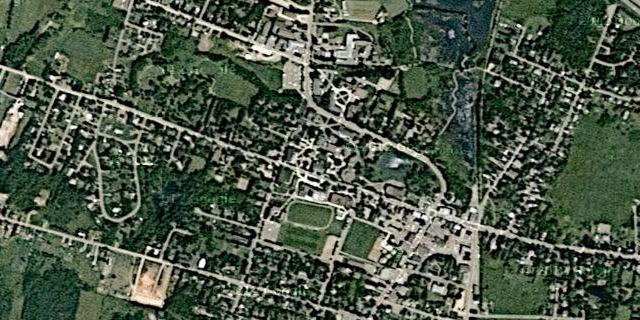
These experiences are best shared. Failures on a large scale by yourself generally aren’t quite as fun; there isn’t any diffusion of responsibility. Nor is there anybody to console you or pat you on the back with an encouraging quip or friendly insult. You’re less likely to feel angry when all your friends are sharing the same defeat. Misery loves company.
World of Warcraft was a new experience for myself and many of my friends at Mount Allison University, in Sackville, New Brunswick. If there ever was a real life opposite of Azeroth, it was Sackville; home to one Tim Horton’s and just as many traffic lights. Walking across the length of the town took less time than traversing most provinces in World of Warcraft. It took over our lives for a few years and taught us a few lessons along the way. Much like Sackville.
Coordinating an attempt on WoW‘s dungeons took a bit of delicate diplomacy; groups of 5 could enter, but no more. The adventure would take at least a few hours, probably more, so any real-life responsibilities or duties had to be taken care of before, not during or after the attempt. Any hint of not going all the way meant being kicked from the group. Those that didn’t have enough to form their own group would always be on the sidelines waiting.
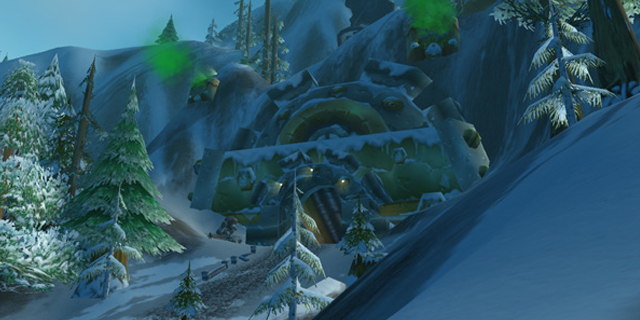
Gnomeregan isn’t known as a particularly difficult area of WoW. It is a mid-level dungeon, usually for characters at level 24-34 (the maximum being 60 at the time). Dungeons such as these are filled with stronger enemies, and a group must work together in order to traverse the labyrinth of Gnome architecture safely. It takes more than a few hours for a first-time run. We had carefully defeated many small groups of enemies, avoiding large scale confrontations whenever possible. After a few solid hours of journeying, we saw a slight fork in the road: the upper, smaller road and the lower, larger causeway. We opted for the lower one. A few small groups of enemies here and there, not a problem.
“Ohhh my god, I just died!”
The familiar bodies of Ports the Hunter and Braavestarr the Druid were replaced with a swarm of no less than 30 enemies. Out of nowhere. From behind. No warning. And one of our party members was dead in seconds.
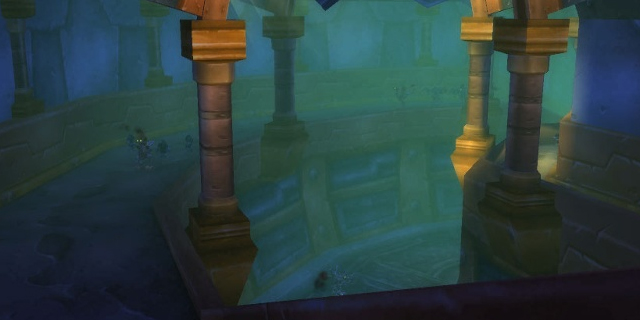
Now, for those who haven’t played World of Warcraft, this doesn’t sound that bad. One down, so what? You have four more members alive. It sounds like you didn’t have much trouble with the rest of the enemies, so what’s the big deal? Coordination is absolutely necessary if you want to successfully beat a dungeon. When each member of the team has a specialized skill (healing, dealing damage, distracting the enemy, etc.), it is absolutely vital that everybody pulls their weight. You generally have a consensus about what direction you want to go in, who gets what items, who heals who and when, things like that. When one members vanishes in a blink of an eye and he’s replaced by 30 of your foes, coordination goes out the window.
The conversation turned into a series of random explosions of swear words and questions nobody had the answer to. Where did they come from? (We set off an alarm on the upper road). How the hell can we fight this many guys? (We couldn’t). What the f***? (I know!). Disaster. However, due to the game’s effective design, getting destroyed didn’t deter us from attempting Gnomeregan again. We were able regroup quickly and learn form our mistakes. The upper road this time, I think! There was a quest on the way down that we missed, so we could attempt that one on our second try. Not all was lost. We still laugh about it to this day.
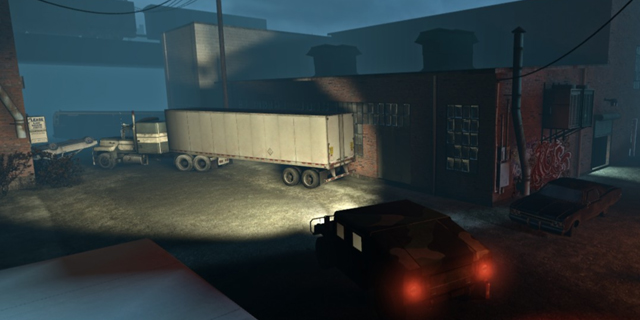
Extraordinary scenarios in games require great level design. It’s not fun when you quit a four-hour long dungeon because you couldn’t tell hallway 14 apart from hallway 12. Left 4 Dead 2 had great level design, because it encouraged coordination among the four players. Individual players would often be at the mercy of crippling attacks, and the only way to survive was to rely on your friends to save you. Levels would switch between tight quarters, giving the enemies loads of opportunity to ambush you out of nowhere, and open ended, larger areas that would require precise cooperation to ensure the group survived a massive onslaught. The truck depot is one I will never forget. It was a spectacular disaster.
Like most levels, it takes place at night. Various warehouses, shipping trucks and cargo bays are as common as doors and ammunition boxes. After surviving hordes of undead attacking at a blinding pace, the final part of the level gives the players numerous options at staging an adequate defense; a large warehouse, with a smaller shack on the inside. Looking around, we could see many entry points for the enemies: windows everywhere, and no natural choke point. This was going to be tough.
One of the brilliant aspects of the Left 4 Dead series is the intelligence engine known as “Director.” Essentially, the game determines how well your group is doing. If you’re doing well, it will launch a difficult attack at you. If you’re having a hard time trudging through the level, it might take it easy. If you split up, chances are Director will take advantage. It also ensures that you won’t fight the exact same group of enemies at the exact same time when you replay the level.
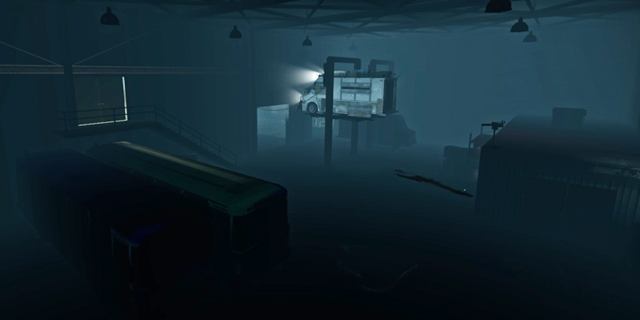
Attempt one: We decided jumping on top of the shack in the warehouse is a good plan. We get up on the roof, check entry points and figure that the zombies will have to jump up to get at us, giving us a natural advantage for both aiming and positioning. Things were going fine, until we failed to realize that Director decided that the windows above the shack were fair game. As soon as they poured in from above, we had no chance. Failed.
Attempt two: After much deliberation, we decided that we needed to create a chokepoint. Our previous failure happened because we were swarmed by enemies from all directions. We tried to go inside the shed this time, figuring that with the chokepoint, we could handle the waves. We’d be on equal ground, but at least we would only have to worry about one direction. The shed was cramped, so there wasn’t anywhere to fall back to, but it worth was a shot. We thought. After barging down the doors, the front line of the zombies were met with a rousing volley of shotgun blasts. Hey, this might work! Why…wait, why am I taking damage? ..oh. It appears that the zombies have broken through the wall of the shack right beside us, putting a large damper on our plans. Failed.
Attempt three: Okay, screw the warehouse. Let’s…hey, can we hop on that truck? Can we? I’m sure we can. Can all four of us fit up here? Yeah, we can. Nowhere for the zombies to drop down into? Check. Height advantage? Check. Nowhere for the zombies to surprise us? Check.
Greg: Hang on a minute guys, I’ve got an idea.
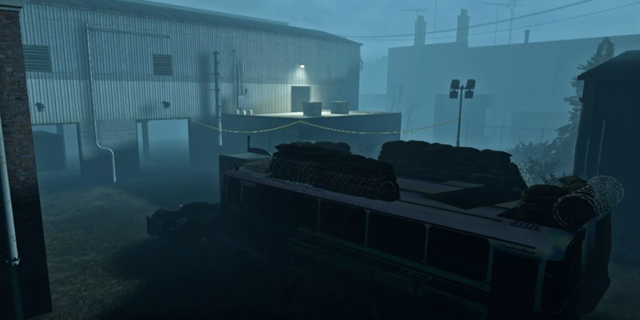
Greg is pretty smart and has a long history of playing video games. I’m certain whatever tactic he’s about to suggest will only increase our odds of survival.
Greg: We’re going to take all these canisters of gasoline and put them on top of the truck with us. That way, we’ll be able to pick them up and throw them into the zombies whenever we want. It’ll be great!
Silence.
Neil: I’m predicting a better than 50% chance of this ending in total destruction.
Greg: No no, it’ll work!
Dave: I feel like we might hit those with our guns. Especially Henry.
Henry: That’s probably true.
On cue, the roof of the truck explodes and is immediately engulfed in flames. I started laughing so hard I was in tears. Greg’s wails of failure made us laugh even harder. All I could see were zombies grabbing at our feet and three of my friends’ avatars jumping up and down, trying to avoid the flames.
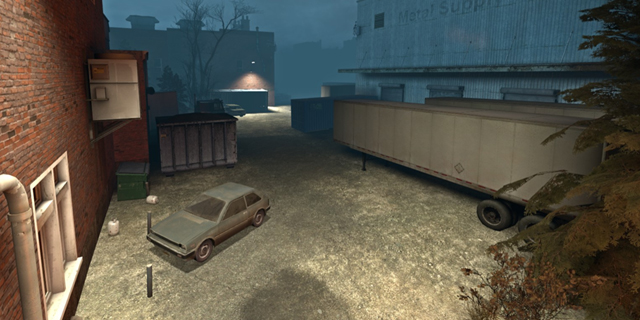
Yet somehow we ended up winning the fight and completing the level in grand fashion. It took much longer than it needed it to, but I wouldn’t have had it any other way.
I would encourage you to go big. Try that impossible level. You’ll end up creating something. If you have a terrible time, at the very least it’ll be a great story one day. The quote “dare to fail” comes to mind, but I prefer Mike Tyson’s take:
“Everybody has a plan until they get punched in the face.”



















